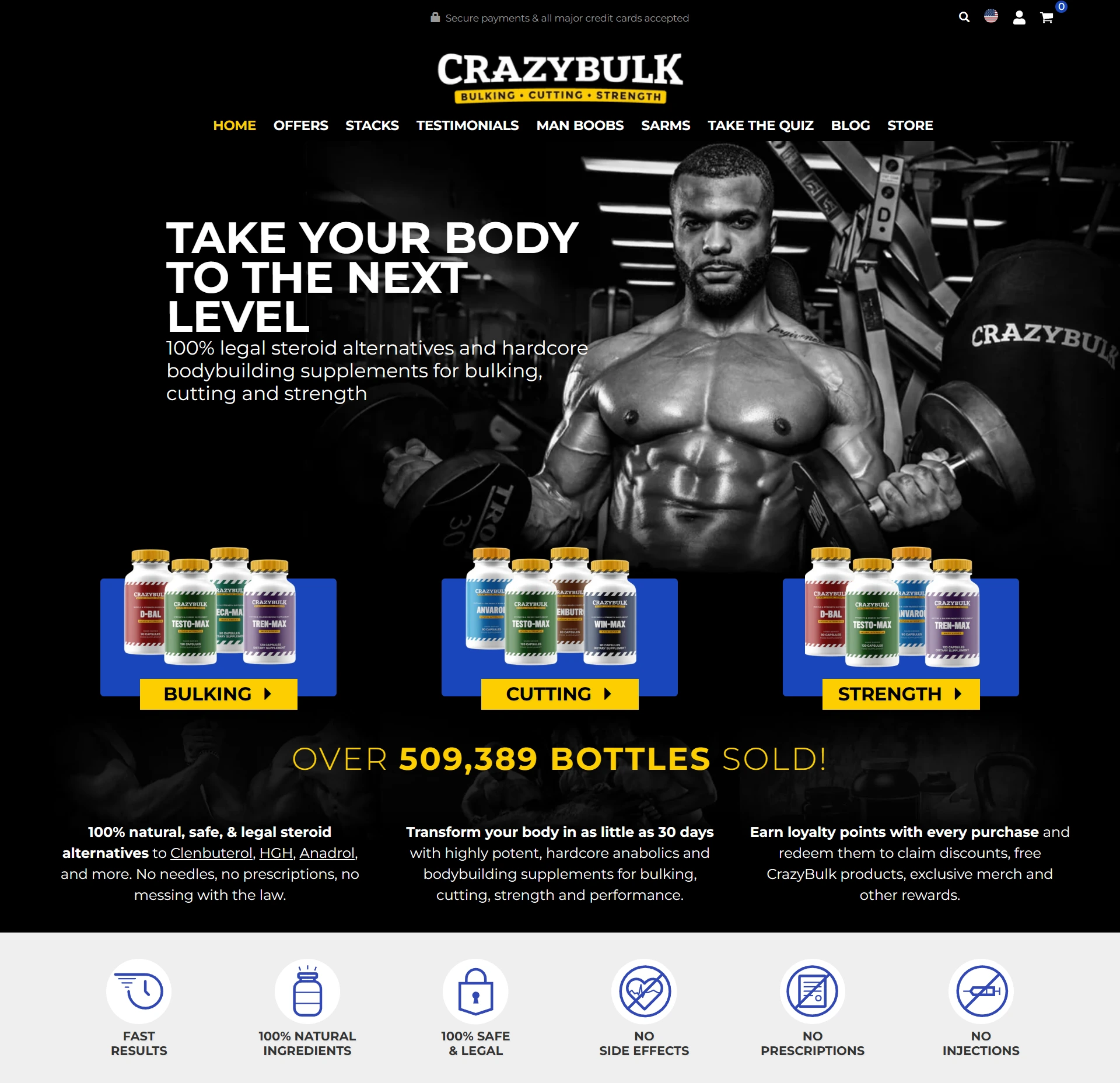What ICD-10 covers testosterone? Hormone Wellness Center

Male hypogonadism Symptoms & causes
Primary hypogonadism happens when something is wrong with your testicles that doesn’t allow them to make normal levels of testosterone. Male hypogonadism is a medical condition that can affect people with testicles at any age from birth through adulthood. Your body usually tightly controls the levels of testosterone in your blood. Levels are typically highest in the morning and decline through the day. Either type of hypogonadism can be caused by an inherited (congenital) trait or something that happens later in life (acquired), deca e testosterona ciclo such as an injury or an infection. At times, primary and secondary hypogonadism occur together.
Any issue with your testicles, hypothalamus or pituitary gland can cause low testosterone (male hypogonadism). Treatment of delayed puberty in boys depends on the cause. Three to six months of testosterone shots can help start puberty. The testosterone can help increase muscle mass, beard and pubic hair growth, and growth of the penis. This treatment is given only if the bones have matured enough. The U.S. Food and Drug Administration has approved one oral testosterone replacement, testosterone undecanoate (Jatenzo, Tlando, Kyzatrex). The lymph system absorbs it, so it might not cause the liver problems seen with other oral forms of testosterone.
Your provider will test your blood level of testosterone if you have signs or symptoms of hypogonadism. Because testosterone levels vary and are generally highest in the morning, blood testing is usually done early in the day, before 10 a.m., possibly on more than one day. Your hypothalamus releases gonadotropin-releasing hormone (GnRH), which triggers your pituitary gland to release luteinizing hormone (LH).
In one study, 30% of men who were overweight had low testosterone, compared to only 6% of those with weight in the normal range. In another study, 25% of men with Type 2 diabetes had low testosterone, compared to 13% of those without diabetes. Data suggest that about 2% of men may have low testosterone.
That’s why it’s so important to have regular follow-up visits with a health care professional, who will monitor the testosterone levels in your blood. If you’re taking hormone replacement therapy, regular follow-up appointments with a healthcare provider are important. The mortality of men with testosterone deficiency is significantly higher than among men with normal testosterone levels. But, it is unclear whether replacing testosterone to a normal level reduces that increased mortality. Treatment is largely focused on the treatment of symptoms, not the specific testosterone level.
If you have signs and symptoms of low testosterone, a healthcare provider will perform a physical exam. They’ll also ask questions about your medical history, medications you take or have taken, smoking history and any symptoms you currently have. Late-onset hypogonadism (LOH) is a type of secondary male hypogonadism that results from normal aging. As males age they have a deterioration of hypothalamic-pituitary function and Leydig cell function that decrease testosterone and/or sperm production. However, some researchers and healthcare providers disagree with this and feel that levels below 250 ng/dL are low. Providers also take symptoms into consideration when diagnosing low testosterone. See your health care provider if you have symptoms of male hypogonadism.
Testosterone taken by mouth, also called oral, isn’t often used for treatment of hypogonadism. Your hypothalamus and pituitary gland normally control the amount of testosterone your testicles produce and release. Explore Mayo Clinic studies testing new treatments, interventions and tests as a means to prevent, detect, treat or manage this condition. If a pituitary problem is the cause, pituitary hormones can be given to help the body make more sperm and restore fertility.
LOH and low testosterone are more common in men who have Type 2 diabetes, overweight and/or obesity. Symptoms of low testosterone can vary considerably, particularly by age. Make a gift to our 2025 Drive to Cure Cancer and transform the way cancer is treated and defeated.


